Ask AI on The Internet
Question: LESSON PLAN TEMPLATE: Create a technology-integrated lesson for intermediate phase, by making use of the lesson plan template provided. SECTION A: Name and student number: Grade: 1 Lesson Topic Area 1 Lesson Sub-Topic 1 Duration of the lesson (in minutes): 1 Type of Lesson (Theory or Practical) 1 CAPS Page Number (Attach screenshot at the bottom end of lesson plan) 2 LTSM (s): (NB: This lesson should reflect on integrating ICT in the classroom) Min: Five (3) 6 Lesson aims (on different cognitive levels) At the end of the lesson the learner should be able to:10 Min: Five (5) Name, explain and motivate the teaching strategy you will follow and apply. 3 Name, explain and motivate the teaching method you will follow and apply. 3 Lesson phases Introduction that connects with prior knowledge and describes the purpose of the lesson Time: 4 Development of content and connect with prior knowledge. Time: 4 Consolidation Time: 4 Assessment during a lesson (Explain the activities for all the different phases (introduction, Development & Consolidation)) Min: Five (3) 6 Reflection: This is only done after you have presented the lesson. Reflect on teacher and learner activities. Were lesson aims reached? Was time sufficient? How will you adjust the lesson plan? Etc. 3
Sure! Below is a technology-integrated lesson plan for the intermediate phase (Grade 5) using the provided template. --- ### SECTION A: **Name and student number:** (Your name and student number here) **Grade:** 5 **Lesson Topic Area:** Science **Lesson Sub-Topic:** The Solar System **Duration of the lesson (in minutes):** 60 **Type of Lesson (Theory or Practical):** Theory **CAPS Page Number (Attach screenshot at the bottom end of the lesson plan):** (CAPS page number here) **LTSM (s): (NB: This lesson should reflect on integrating ICT in the classroom)** 1. Interactive PowerPoint Presentation 2. YouTube Video on the Solar System 3. Online Quiz (Kahoot!) 4. Planetarium Software (Stellarium or similar) 5. Digital worksheets (Google Forms) --- ### Lesson aims (on different cognitive levels) At the end of the lesson, the learners should be able to: 1. **Remembering:** List the planets in the Solar System in order from the sun. 2. **Understanding:** Describe the characteristics of each planet. 3. **Applying:** Use the planetarium software to locate planets in the night sky. 4. **Analyzing:** Compare and contrast the planets in terms of size, distance from the sun, and surface conditions. 5. **Evaluating:** Assess the importance of studying the Solar System. --- **Name, explain, and motivate the teaching strategy you will follow and apply:** **Strategy:** Interactive Learning **Explanation and Motivation:** Interactive learning involves active student participation through discussions, activities, and digital tools. This strategy is motivating because it caters to different learning styles and makes the learning process more engaging and hands-on. --- **Name, explain, and motivate the teaching method you will follow and apply:** **Method:** Blended Learning **Explanation and Motivation:** Blended learning combines traditional face-to-face instruction with digital tools and online resources. This approach allows for enriched learning experiences, enhances engagement, and provides instant access to up-to-date information. --- ### Lesson phases **Introduction that connects with prior knowledge and describes the purpose of the lesson** **Time: 10 minutes** - Start with a short discussion about the night sky and any visible planets. - Show a YouTube video providing a basic overview of the Solar System. - Explain the purpose of the lesson: to understand the Solar System and the characteristics of each planet. --- **Development of content and connection with prior knowledge** **Time: 35 minutes** - Present an interactive PowerPoint explaining each planet's characteristics (10 minutes). - Use Stellarium or similar software to show students how to locate planets in the night sky (10 minutes). - Engage students in a group activity where they explore planets using digital worksheets (Google Forms) (15 minutes). --- **Consolidation** **Time: 15 minutes** - Conduct a Kahoot! quiz to reinforce learning and assess understanding. - Summarize key points discussed in the lesson. - Encourage students to ask questions and clarify any doubts. --- ### Assessment during the lesson (Explain the activities for all the different phases: introduction, development & consolidation) **Introduction:** - Observation and participation in the initial discussion and responses to questions about the night sky and planets. **Development:** - Active participation in the PowerPoint presentation by answering questions. - Use of planetarium software to locate planets and note observations. - Completion of group activities through Google Forms. **Consolidation:** - Performances on the Kahoot! quiz. - Class discussion and Q&A session. --- ### Reflection: (This is only done after you have presented the lesson. Reflect on teacher and learner activities. Were lesson aims reached? Was time sufficient? How will you adjust the lesson plan? Etc.) - **Teacher Reflection:** Reflect on the engagement level of the students, if the teaching methods were effective, and areas for improvement. - **Learner Reflection:** Evaluate if the lesson aims were met, how well students understood the content, and areas they found challenging. - **Adjustments:** Plan for revisiting challenging topics, extending time for certain activities, or incorporating additional resources or simpler explanations if needed. --- **CAPS Page Number screenshot:** (Attach the screenshot of the relevant CAPS page here.) --- Please ensure to customize and update the placeholders (such as your name and student number) accordingly, and adapt the lesson plan to suit any specific requirements or preferences you might have.
Think your answer is better than the AI's? Post it below.
Question Tags
If you want your question answered by an AI, click here.
![### SECTION A: Lesson Plan Template
**Name and Student Number:**
[Your Name], [Your Student Number]
**Grade:**
Intermediate Phase (Grades 4-6)
---
**Lesson Topic Area:**
Introduction to Digital Citizenship
**Lesson Sub-Topic:**
Online Safety and Privacy
**Duration of the Lesson (in minutes):**
60 minutes
**Type of Lesson:**
Theory
**CAPS Page Number:**
[Include CAPS Page Number Screenshot Here]
---
**LTSM(s):**
1. Computer/laptop with internet access
2. Interactive wh](https://theinternetioimages-f2htc2ggcrath6d7.z01.azurefd.net/$web/askai/ecc1aa47-3231-458b-875c-1e9d0db59e22.webp)
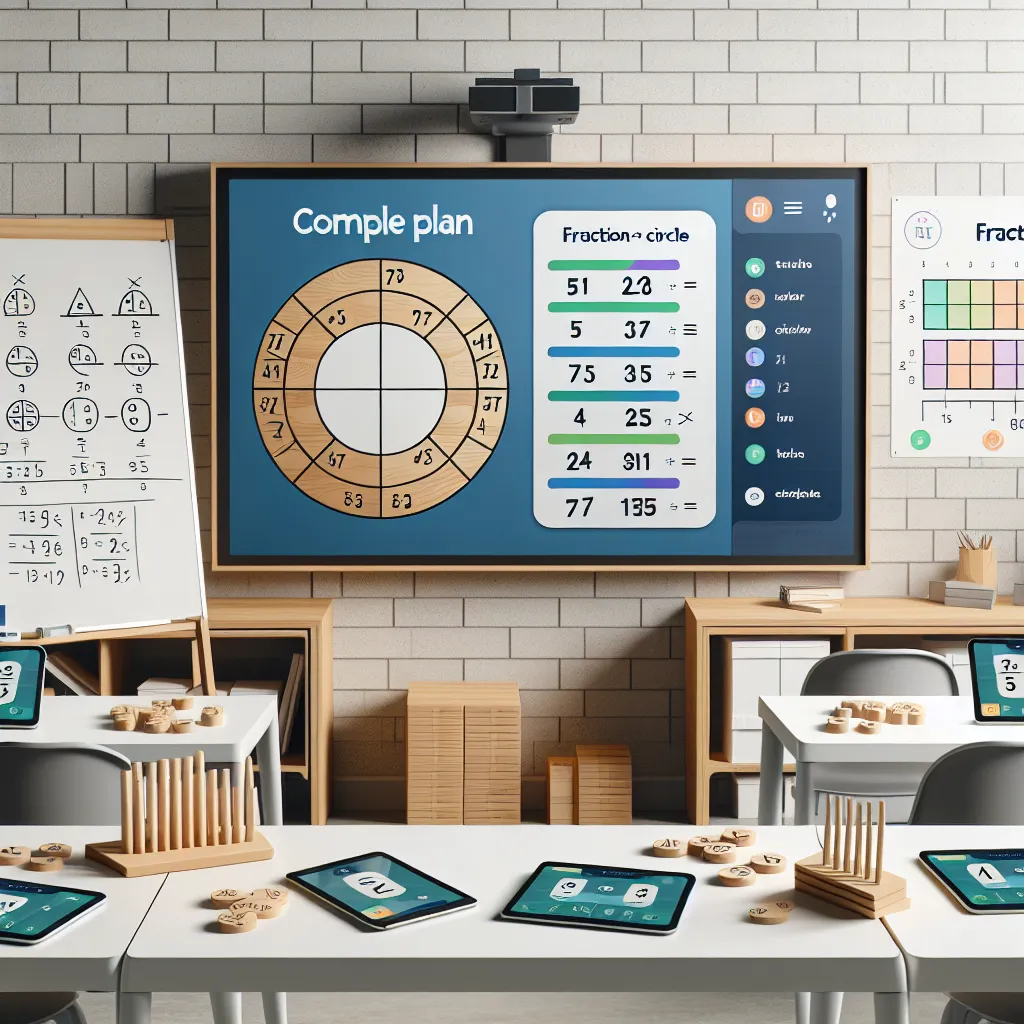

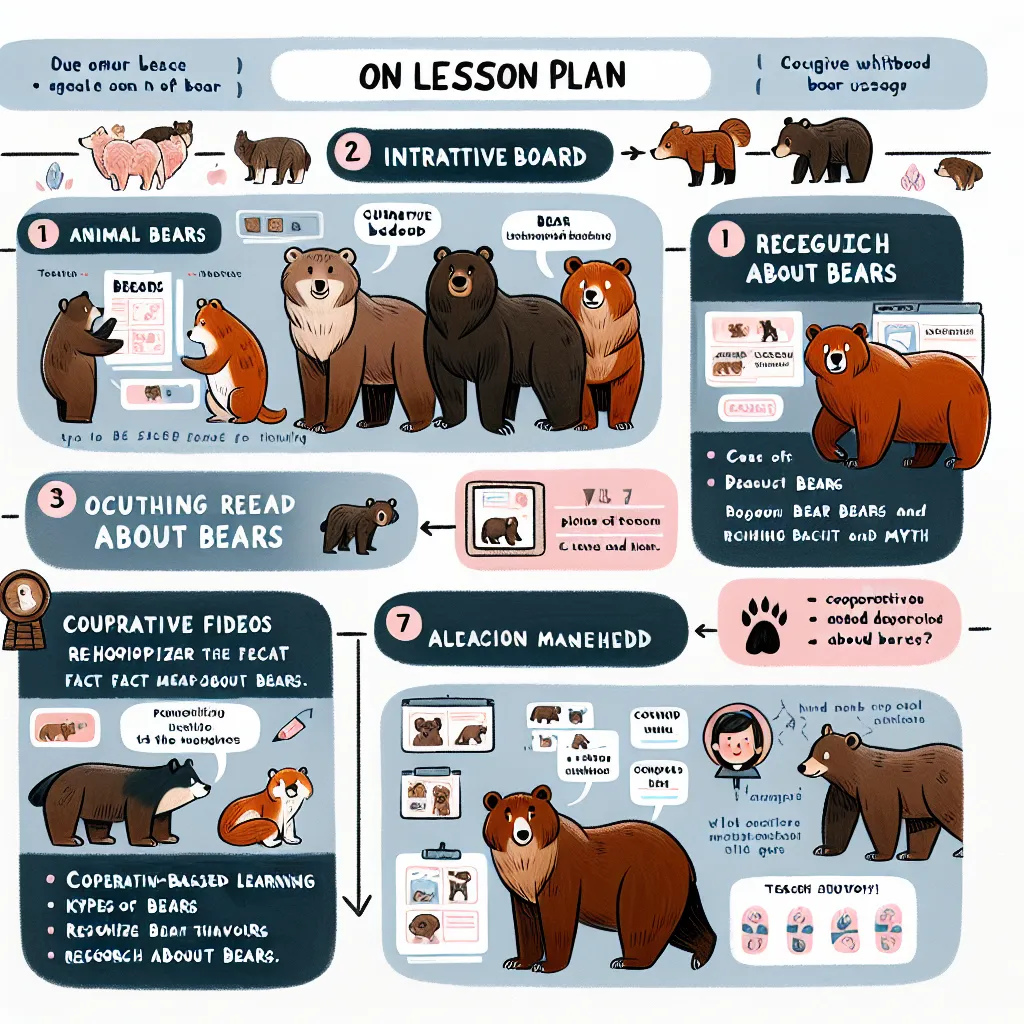
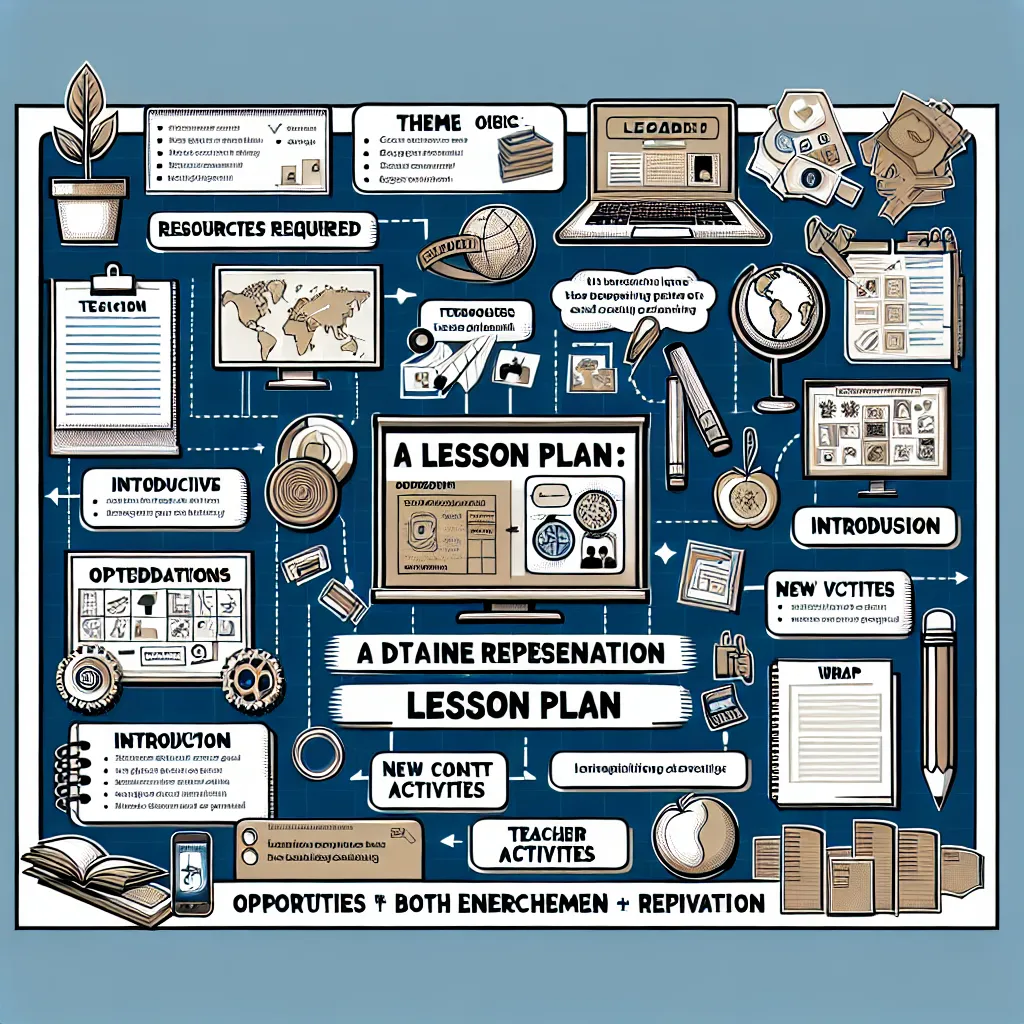
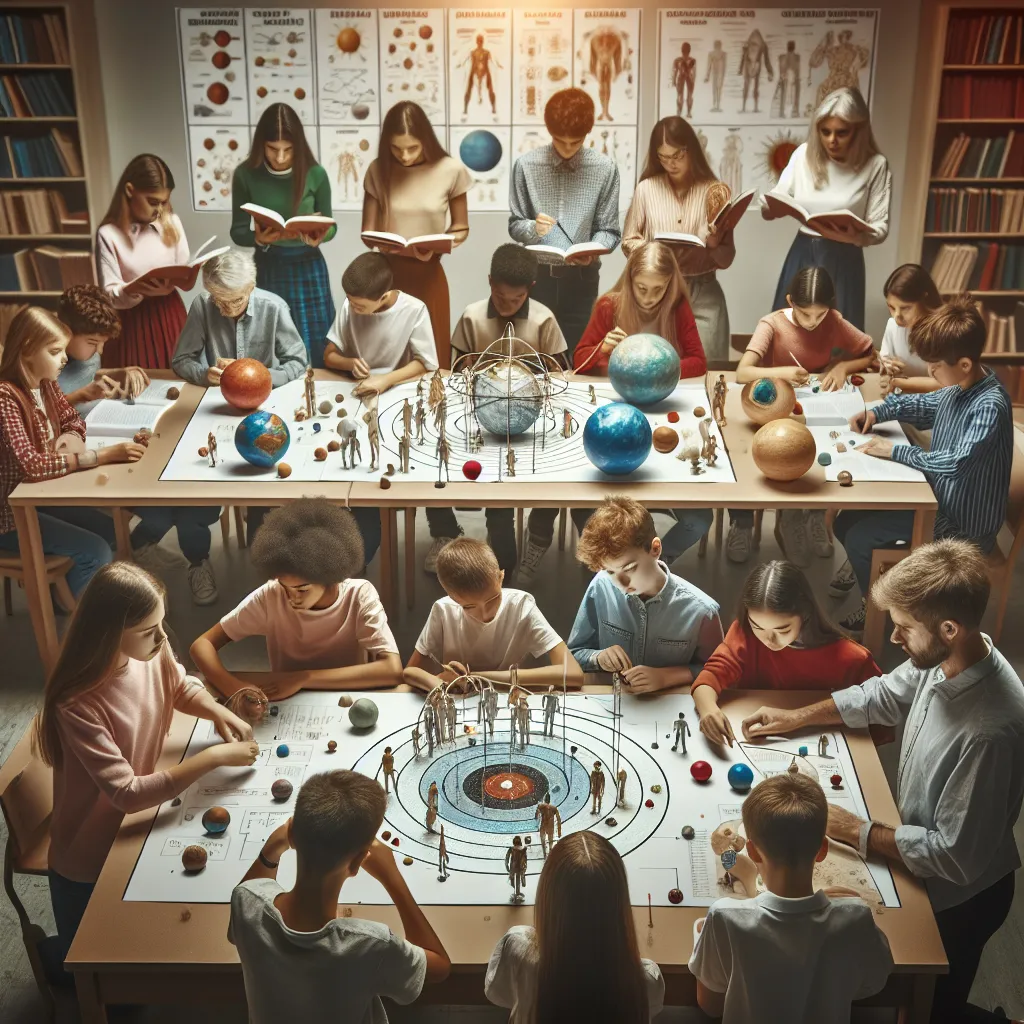
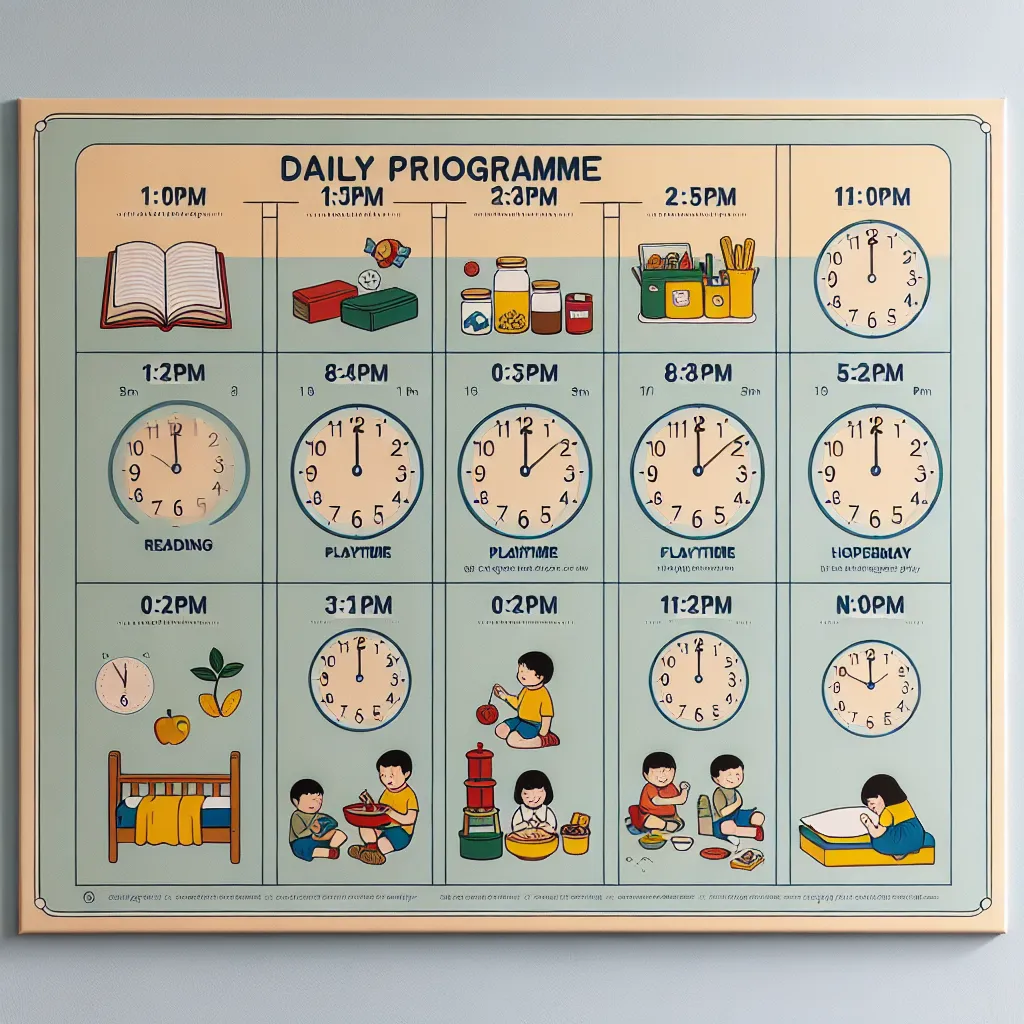
Post your own comment: